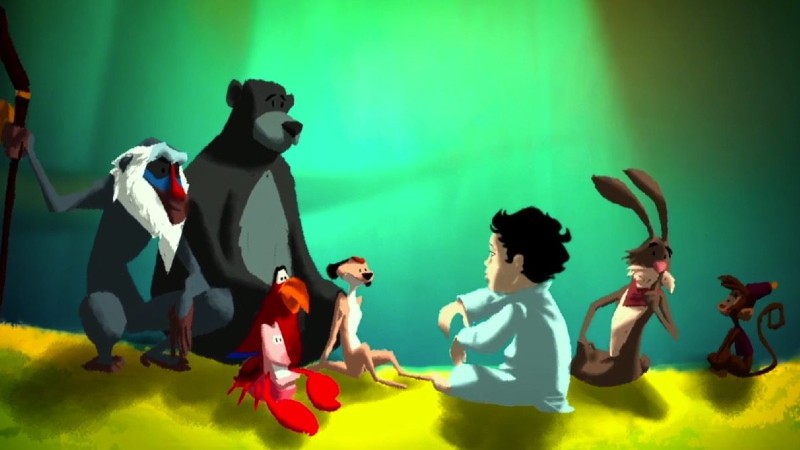On the occasion of the UK release of his latest movie Where to Invade Next, DMovies talked to Michael Moore about his film and politics. His last documentary is an expansive, hilarious and subversive comedy in which the director from Flint confronts the most pressing issues facing America today. With his typical humour, Moore drives into this new kind of vérité road movie “invading” foreign countries and “stealing” the best ideas, in order to reintroduce them back in the US. He goes to eight European countries and Tunisia.
This is a highly effective, extremely funny and entertaining movie. Most importantly, it serves a dual purpose. Firstly, it educates uneducated Americans about the enormous shortcomings of their country. Secondly, it allows foreign audiences to reconcile with the US by telling them that Americans too can recognise their failings.
.

.
Brexit and Corbyn
The UK is not one of these countries. Moore explains why: “We’re not over Tony Blair and Bush yet. We’re not over the damage of the war. The UK is a toxic place and now you want to leave EU. You sacrificed in the 1930s and 1940s to save Europe, why do you want to leave?”
He emphasised that the tour he made with the film was a playful way to tell what is wrong with America, and how Americans can learn from Europe. Moore remembered that “Britain was the first country to abolish slavery” – the Slavery Abolition Act dates from 1833; the US abolished slavery 32 years later with Lincoln 13th Amendment. DMovies observed that this claim is controversial, as slavery was abolished more for financial than moral reasons. Moore insisted that “for whatever reason, history was changed”.
Moore believes that Jeremy Corbyn is “a wonderful step-forward in the [British] Labour Party, which is now getting back to its roots”. He would probably reconsider the decision of not taking any good British idea for his movie, if Corbyn were to be the next Prime Minister.
The interviews in Where to Invade Next are witty and sobering, while the film title is a joke about the American imperialistic attitude, as well as its the habit of invading sovereign nations and meddling in international affairs.
.

.
Nothing beyond Carnival
Nearly everyone on the planet has an opinion about the American way of life, because most countries are consistently bombarded with American values and culture. But the opposite does not occur. It is true, though, that Where to Invade Next is majorly centred in Europe and in the US. Moore did not travel to the Southern Hemisphere. It is hard to understand why someone as well-travelled, cultured and critic as Moore never looked beyond the equator.
So DMovies decided to stoke the flames.
We asked the filmmaker whether he was aware that a coup d’état took place in Brazil last month, and that the US government tacitly expressed their support – the American Under Secretary of State for Political Affairs Thomas Shannon met with a key perpetrator of the coup during the process. Brazilians politicians now in power openly show their loyalty to Washington. Moore nodded, confirming his apparent knowledge of the procedures.
So, do the US plan to invade Brazil next, we asked. He replied: “The majority of the American population remembers Brazil exists once in a year, during Carnival time. That is pretty much all we know about the country.”
He then finished off, tongue-in-cheek: “Of course the US never supported any coups in Latin America. Our history tells so!”
DMovies often discussed the coup in Brazil by raising awareness of films such as the British documentary Beyond Citizen Kane (Simon Hartog, 1993) and The Shock Doctrine (Mat Whitecross/ Michael Winterbottom, 2009) – click on the films names in order to accede to the respective articles
.

.
So, where to watch the film?
Where to Invade Next opens Sheffield Doc Fest on June 10th, with a screening broadcast simultaneously nationwide in 127 movie theatres. Moore is very grateful that people in the UK understand satire. He concedes that he is influenced by British black humour and the traditional ways BBC produces documentaries.
Click here in order to read our review of Where to Invade Next – DMovies watched the film earlier this year when it showed at the 66th Berlin Film Festival.
And watch the film trailer below:
.









